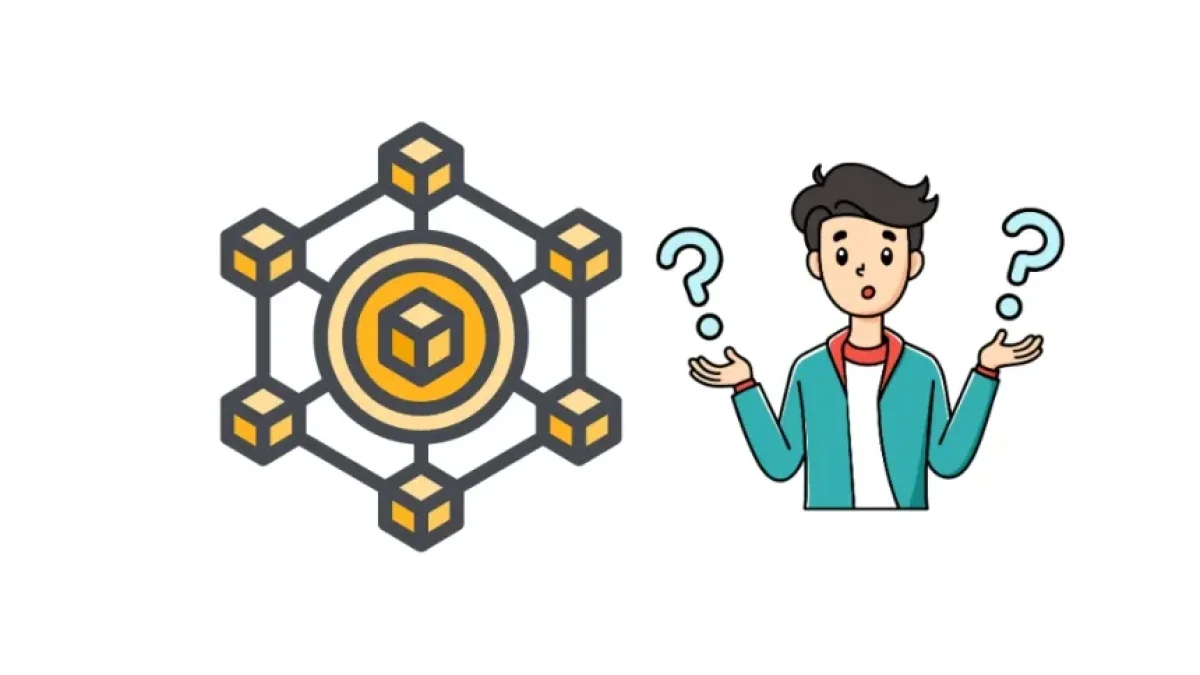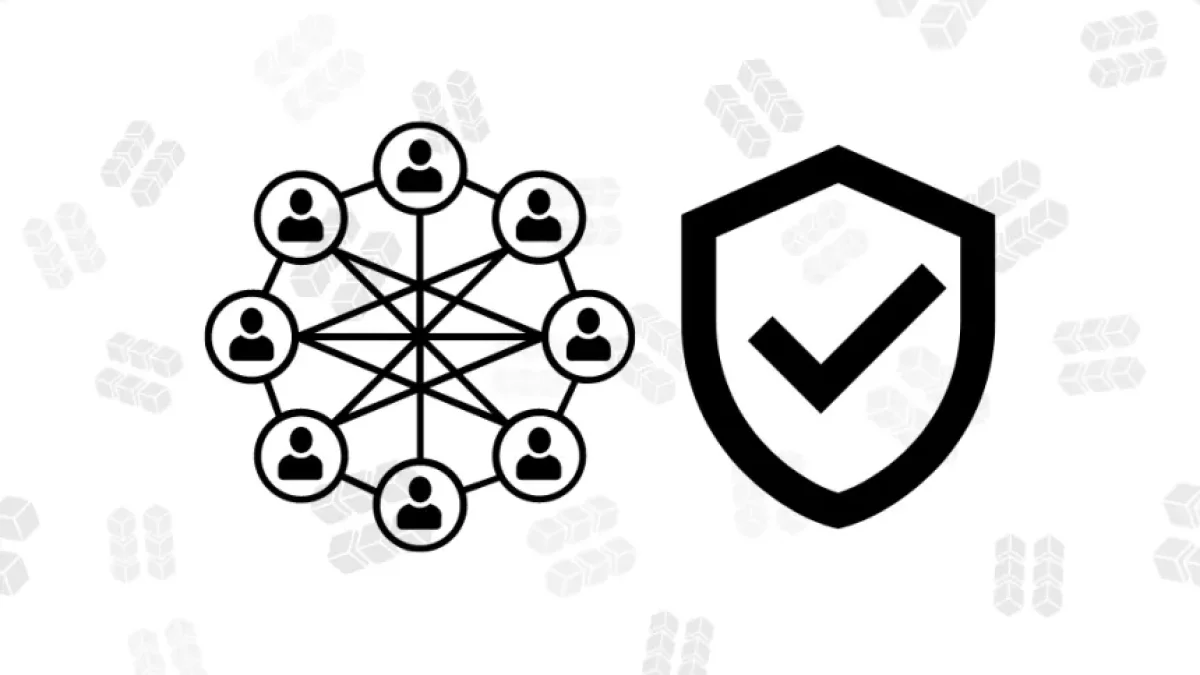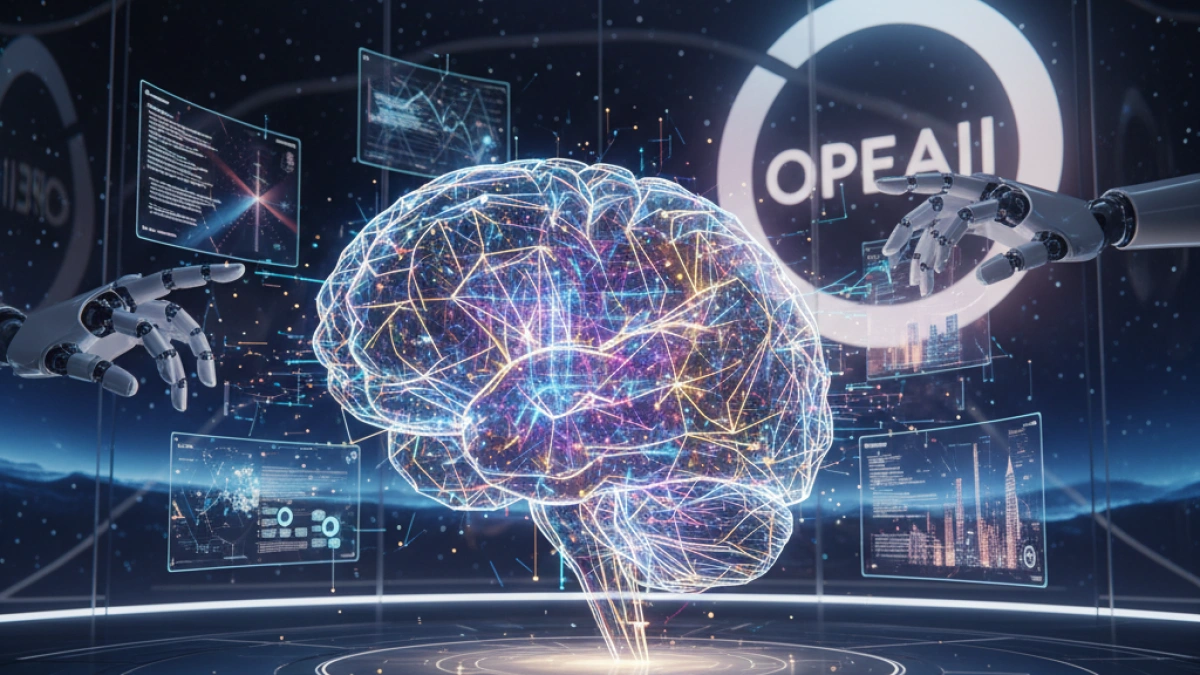What is Blockchain? Blockchain Technology


Blockchain is a technology that has revolutionized the way data is managed and stored in the digital world. In this article, we will delve into what blockchain is, how it works, its applications, advantages and disadvantages, as well as its impact on various industries.
What is Blockchain?
Blockchain is a set of distributed and decentralized digital records that store information securely and transparently. Each block in the chain contains a list of transactions, and each block is linked to the previous one through a cryptographic process, ensuring the integrity and immutability of the data.
Key Features of Blockchain
- Decentralization: Unlike traditional systems, blockchain does not rely on a single server or entity. Instead, information is distributed among multiple nodes in a network, reducing the risk of failures and cyberattacks.
- Immutability: Once a block has been added to the chain, it is nearly impossible to alter. This creates trust and transparency, as all participants can verify the transactions.
- Transparency: Anyone can access the blockchain and review public transactions, fostering trust among users.
How Does Blockchain Work?
Structure of a Block
Each block in the blockchain consists of three main elements:
- Data: Information about the transactions performed.
- Hash: A unique code that identifies the block and its data. Additionally, each block contains the hash of the previous block, creating the chain.
- Nonce: A number used to verify the proof of work in the mining process.
Mining Process
Mining is the process by which new transactions are validated and added to the blockchain. This process involves solving complex mathematical problems and requires significant computational power. Miners are rewarded with cryptocurrencies for their work in verifying transactions and creating new blocks.
Read also
Applications of Blockchain
Blockchain has applications in various areas, including:
Finance and Banking
Financial services are being transformed by blockchain. Cryptocurrencies, such as Bitcoin and Ethereum, are examples of how this technology is changing the way we conduct transactions. Additionally, blockchain enables the creation of smart contracts that automatically execute when certain conditions are met.
Supply Chain
Blockchain is used to improve traceability in supply chains. This enables companies to track products from their origin to the end consumer, ensuring authenticity and reducing fraud.
Healthcare
In the healthcare sector, blockchain can be used to store medical records securely and accessibly. This allows patients to have greater control over their information and facilitates interoperability between different healthcare systems.
Digital Identity
Blockchain technology offers solutions for managing digital identities, allowing users to control their personal information and reduce the risk of identity theft.
Advantages and Disadvantages of Blockchain
Advantages
- Security: The cryptography and decentralized structure of blockchain provide a high level of security.
- Efficiency: Transactions are processed more quickly by eliminating intermediaries.
- Cost Reduction: By removing the need for intermediaries, costs associated with transactions are reduced.
Disadvantages
- Scalability: The ability to process a large number of transactions per second remains a challenge for many blockchains.
- Regulations: Regulatory uncertainty surrounding cryptocurrencies and blockchain technology can be an obstacle to adoption.
- Energy Consumption: The mining process consumes a significant amount of energy, raising environmental concerns.
The Future of Blockchain
Blockchain technology is constantly evolving, and its adoption is expected to continue growing in the coming years. As businesses and governments begin to recognize its potential, we are likely to see greater integration across various industries, which could lead to significant digital transformation.
Innovations and Trends
- Blockchain as a Service (BaaS): Companies like Microsoft and Amazon are offering BaaS solutions that allow businesses to build and manage blockchain-based applications without the need for their own infrastructure.
- Interoperability between Blockchains: The ability of different blockchains to communicate with one another can enhance efficiency and broaden the applications of the technology.
- Sustainability Improvements: More sustainable solutions are being developed to reduce the environmental impact of mining.
Conclusion
Blockchain is a technology that offers numerous advantages and opportunities, transforming the way we interact with data and with each other. As scalability improves and regulatory and sustainability issues are addressed, its adoption will continue to grow, changing the landscape of multiple industries.
Exploring and understanding blockchain technology is essential for anyone interested in the digital future, and its influence is expected to keep expanding.


















